|
Ever heard of a horse being "LONG IN THE TOOTH"? This usually indicates it has gained some age. Unlike humans, horse teeth are constantly growing and being worn down throughout its lifetime. And, what is unique about this domesticated animal is, you can tell its age by its teeth. Is your horse LOSING WEIGHT? FIGHTING ITS BIT or pulling more to one side? Do you see FOOD DROPPING to the ground from its mouth instead of being chewed and swallowed? Your horse is telling you his mouth hurts due to a pinching or digging into its cheek, tongue or gums by its teeth having developed SHARP POINTS on its lingual (tongue) or buccal (cheek) side. We know what its like when we bite our tongue or cheek, so imagine their pain if they are constantly chewing down on mouth ulcers. Unfortunately, when a horse avoids chewing properly, i.e. moving its lower jaw in a circular motion to grind its food, some teeth or sides of the teeth will grow longer than others developing points or hooks causing the jaw to "LOCK UP". Yearly dental exams are highly recommended and can easily remedy most scenarios through the use of manual or mechanized equipment. MODERN TECHNOLOGY TO THE RESCUE. With an arsenal of mechanized precision dental instruments whose use requires a high level of skill and knowledge of equine dental anatomy and physiology (function), horse teeth that develop sharp points can be put back into alignment or balanced efficiently. And voila.....! Your horse will start to gain weight and/or be a smooth ride or race even better at Vesey Street, Devonshire. BAD HABITS. Due to boredom, we had a client's horse that developed a bad habit of rubbing its teeth or chewing on stable railings/doors and chipped its incisor (front) teeth. It was well over a year since its teeth were filed (3/4 years?). This caused its teeth to grow irregularly, which would have impacted its molar (back) teeth growth and ability to chew efficiently. The following series of pictures, demonstrates how the overgrown teeth were cosmetically and functionally transformed after 3 visits over 2 years using mechanized float equipment. 25th April, 2019 Before 27th February, 2020 - After Filing The following video explains MECHANIZED TEETH FLOAT/FILING
SO WHY SEDATE YOUR HORSE? Mechanized instruments whirling around at high speeds can cause trauma to a horse. Due to its sheer size, a horse in pain can harm anyone handling it unless it is restrained physically or by medication. Veterinarians are able to administer sedatives that will ensure any procedures involving the mouth are executed efficiently. Sedation combined with a mouth speculum and light source can enable the equine dentist or veterinarian to: 1. Examine the whole mouth for abnormal tooth growth/wear, cheek ulcers, etc. 2. Determine what work needs to be done 3. Provide safety for the horse 4. Promote horse comfort and manage their anxiety (especially young horses) 5. Provide safety for the veterinarian, equine dental technician and handler Further Viewing Basic File Float vs. Motorized Equipment - there is a big difference
0 Comments
Your comment will be posted after it is approved.
Leave a Reply. |
be informedIt is said, "An once of prevention is worth a pound of cure" Archives
April 2021
Categories |

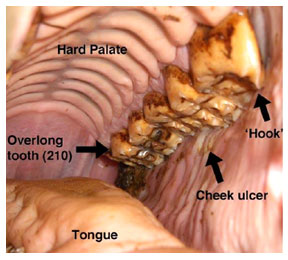
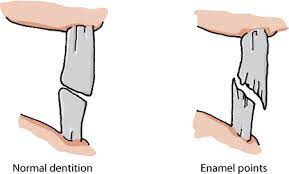
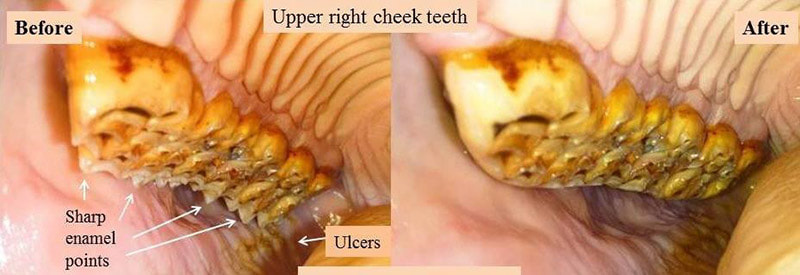
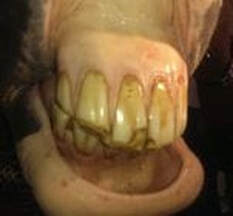
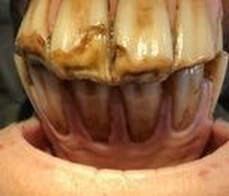
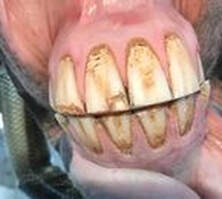
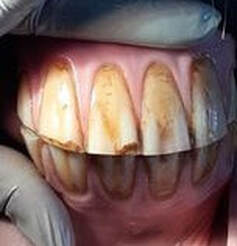
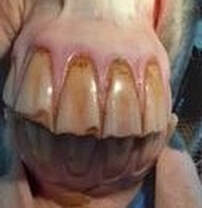
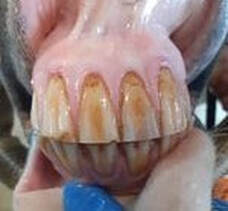
 RSS Feed
RSS Feed